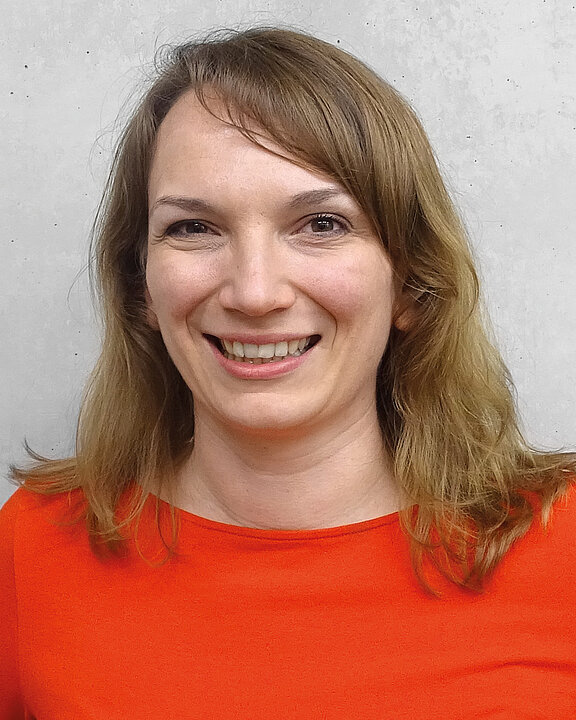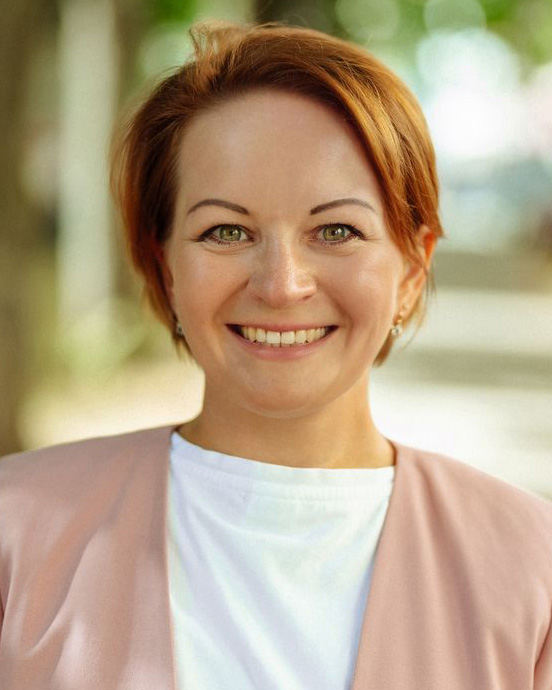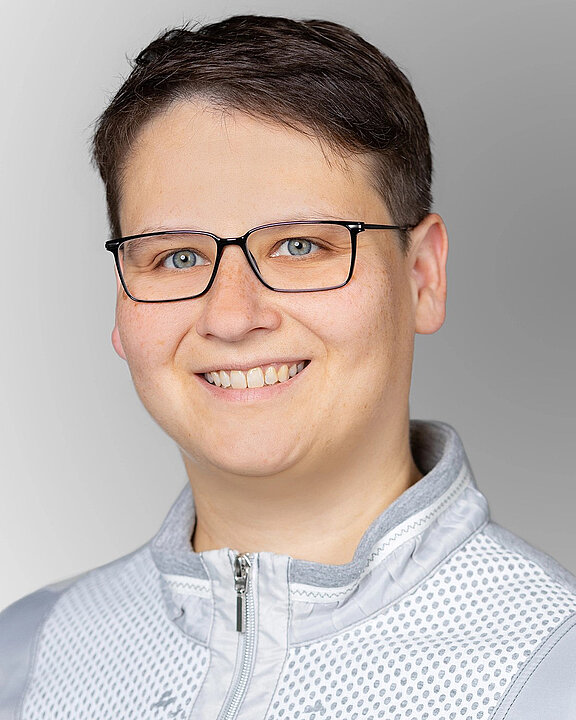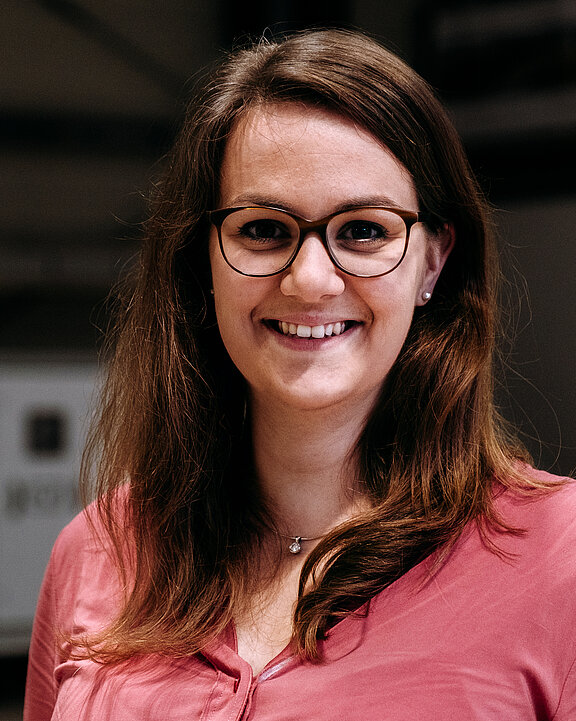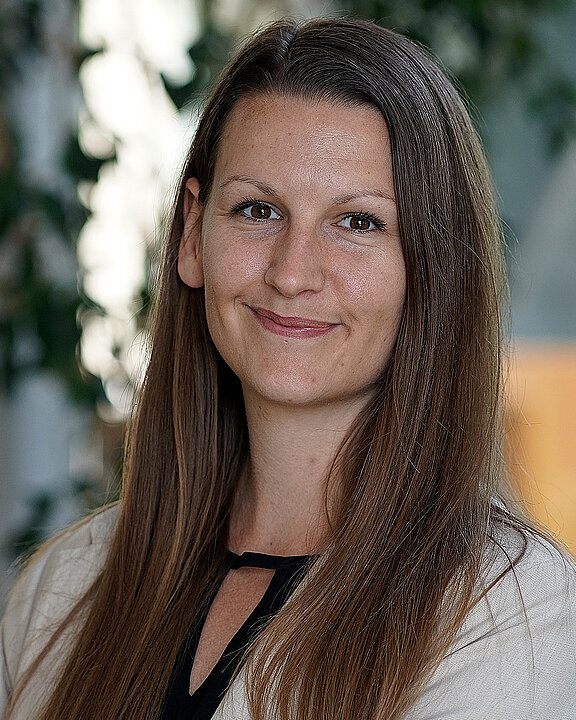
A quick search confirms my assumption: according to the German Federal Employment Agency, women made up only about 5% of employees in the MEP sector in 2023. When looking specifically at engineering degrees in MEP, the number rises to 15%—still considerably lower than the 21% female representation across the broader engineering sector. Universities don’t paint a much better picture. For instance, the University Burgenland reports that women make up just 22.3% of students in Building Technology and Building Management study programs. Yet, the MEP industry is in urgent need of skilled professionals. Last year, there were 668 reported job openings—but only 409 job seekers. Increasing the number of women in the field isn’t just about gender equality; it’s also a smart economic decision (Bergmann et al., 2021).
Why Diversity Matters
Innovation for the future requires greater diversity and an awareness of existing imbalances. Solutions in sectors like energy, environment, and building can only be truly effective if they consider and include a diverse range of perspectives. Otherwise, there’s a risk of creating “solutions by privileged groups for privileged groups,” as Claudia Maier and Elke Szalai point out (Maier & Szalai, 2024). A great example of this are office temperature settings. In the past, the "ideal" office temperature was determined based on data collected primarily from male test subjects. The result? A bunch of freezing women in offices since their comfort temperature differs from those of men. To design better solutions, we need more women in the field—professionals who can advocate for their own demographic while ensuring that innovations benefit everyone, regardless of gender.
Women in the MEP Industry
Although there are still few women in the MEP industry, those who are have successfully built their careers. I wonder what their journeys have looked like. Does it make a difference to be in the minority? What helped them overcome challenges, and what advice would they give to young girls and women considering this career path? Do they have any further suggestions for companies on how to improve? Determined to find answers, I set out to connect with women willing to share their experiences—and I succeed. In the following section, I’ll introduce eight women in the MEP industry who have given me insight into the joys of their work, the obstacles they’ve faced, and their vision for the future. Additionally, Ms. Maier, former Equal Opportunity Officer at the University Burgenland, has kindly agreed to answer my questions on how to support female students in the field.
MEP – A Diverse and Dynamic Career Path
The eight women I spoke with come from different backgrounds and have followed different career paths, but they all share one thing: they love their work in the MEP industry. As they talk about their jobs, their enthusiasm is contagious. It also becomes clear just how diverse the MEP field is and how varied its different areas of work can be. Most of them tell me that they enjoy solving complex problems. This starts with the design process itself—as Justyna Pausch beautifully puts it: “a single line can evolve into an entire masterpiece.” For Irina Fischer, a highlight of her job is working on innovative—and sometimes even top-secret—projects where cutting-edge technologies are applied. Silvia de Lima Vasconcelos gives a perfect example of why this can be exciting: Berlin Airport’s Terminal 2 was planned, built, and completed in a record-breaking 38 months—an impossible feat without BIM-supported planning and innovative solutions. Optimizing and digitalizing the construction process has become a key focus in the industry. This is the main area of expertise for Bente Boll, a BIM manager who helps her colleagues adopt new digital tools and workflows. She especially enjoys that moment when her coworkers start recognizing the advantages of these innovations. Melanie Potthast has a similar experience. She works with her team to support LINEAR’s customers, explains new developments, and passes on her expertise. She finds great satisfaction in sharing knowledge and helping others.
Projects in the MEP industry are also incredibly diverse. As Susanne Hunds points out, they often involve balancing different demands from various stakeholders. One increasingly important factor? Sustainability. For Nadja Schenck, sustainability plays a hands-on role in her projects. Meanwhile, climate protection is a central research focus for Veronika Richter and Prof. de Lima Vasconcelos. Their work ensures that the latest insights on sustainable construction, digitalization, and more make their way into MEP offices before projects even begin. A concrete example: Veronika Richter specializes in transforming IFC data models for use in thermal building and fluid dynamics simulations, integrating multiple influencing factors.
For both Veronica Richter and Prof. de Lima Vasconcelos, teaching also plays a major role in their careers. While Veronika Richter initially didn’t expect to pursue academia, teaching had always been a dream for Prof. de Lima Vasconcelos. Both of them are passionate about mentoring the next generation of engineers and helping students unlock their potential. Prof. de Lima Vasconcelos is especially inspired by the creativity and innovation she sees in her students. She is optimistic and excited to witness how the next generation is committed to designing buildings in a more sustainable and efficient way.
All eight women have clearly found their own path in the industry. And it becomes obvious to me: working in MEP—just like in any other field—is about discovering your own strengths and shaping your career in a way that suits you best. With so many different opportunities, there’s something for everyone who loves technology—regardless of gender or background.
MEP Offices: Where Are the Women?
Women are still the exception in the MEP industry. Why aren’t more women and girls pursuing technical careers? Susanne Hunds is pleased that, at least, access to all degree programs and vocational training is officially available to everyone. This is, of course, a crucial foundation—but as various studies show, it’s only the beginning. Despite natural scientific aptitude and interest, female students are significantly less likely to start technical studies than their male peers (Salchegger et al., 2019).
Veronika Richter points out that the male dominance in the MEP sector can be a barrier for young girls to identify with the profession. A study by Bergmann et al. discusses the impact of stereotypical perceptions of professions. When women are not (positively) associated with technology, it affects what girls see as a career that fits them. In their early years, children adapt to the groups they feel they belong to or want to belong to. As children begin to embrace their identity as women, they internalize societal cues on how they should dress, speak, and what interests are considered "female”. A career seen as "more suited for men" requires girls to work harder to prove they can find it interesting, despite their identity. Seven of the eight women I spoke to mentioned this very issue as one of the obstacles that young women face when considering their careers. These stereotypes extend into the workplace as well. A male-dominated work environment demands additional energy and adjustment—energy that their male colleagues typically don’t have to invest. For example, women often feel they must prove themselves more than their male counterparts—a feeling seven out of the eight women I interviewed are very familiar with. However, their stories also offer hope and encouragement, showing that women can find their own path in this industry. I’ve tried to understand what has contributed to the fact that these MEP specialists have found their way and can now pursue their careers with so much joy.
Success Stories: Courage, Interest, and the Right Support
Many of the women I spoke to cite strong support from their personal circle—family and friends—as the most important factor. They received positive feedback and it was seen as completely natural that they wanted to pursue a technical career. For example, Melanie Potthast shares that she was fortunate her parents never distinguished between “girls’ toys and boys’ toys”. Their neutrality gave her the space to develop freely. She hopes that this mindset continues to spread.
Irina Fischer remembers that in her home country, it was simply normal for women to hold important leadership positions, which inspired her and gave her courage. When choosing a career, positive role models of successful women in technology and science, as well as inspiring teachers, also played a significant role.
Later in their careers, the positive examples of the women I interviewed demonstrate how an encouraging work environment has strengthened them. When asked if they feel like valued members of the team and if they are appreciated as individuals and professionals, all of them answered Yes. Irina Fischer advises young women to make sure to talk about their own successes, so they are recognized. To quickly become part of the team, she suggests actively contributing, taking responsibility, and sharing ideas, because in the world of MEP, teamwork is essential. While this is crucial for the work itself, several women also emphasized that the support within the team has helped them, especially in challenging situations. For Justyna Pausch, this also includes the support of her superiors.
Measures to Promote Women in the MEP Industry
What more can be done to bring more women into the MEP industry and keep them there? From my conversations, I’ve learned that there is probably no direct path into the MEP sector—the profession is simply too unknown. After all, you rarely meet 10-year-olds who say, “I want to be an MEP planner,” jokes Susanne Hunds. The first step is to choose a technical career if the interest is there. Future MEP professionals should mainly bring curiosity, interest in math and physics, and strong spatial awareness. But first, these interests need to be awakened. Nadja Schenck, Irina Fischer, and Silvia de Lima Vasconcelos all agree that this should happen as early as possible, starting in kindergarten and school. Then, it’s up to both teachers and companies to actively support young women. A good example is Hochschule Burgenland, which, according to Claudia Maier, offers various courses on gender and diversity within their technical degree programs. These courses allow students to gain social skills in addition to their technical knowledge, something the students greatly appreciate.
Trial internships or similar initiatives also work very well, notes Susanne Hunds. For example, her company offers an open house on Girls' Day, where girls are guided through all departments and can meet several female role models. “It’s a good way to break the ice,” she says. However, it is also important that such events sensitize the people involved to the fact that the goal is to foster the girls’ interest and not to make their interest in technology seem exceptional. Highlighting it as something unusual can actually reinforce the feeling that they are merely selected visitors to the industry rather than equal participants (Bergmann et al., 2021).
Other suggestions include targeted support through women’s networks and greater representation of women, for example at trade fairs, as suggested by Veronika Richter, Irina Fischer, Prof. de Lima Vasconcelos, and Justyna Pausch. Building and using connections is very important, advises Veronika Richter to newcomers in the industry. This can help balance the fact that men in the industry are already well-networked and benefit from this, as Bente Boll explains. Veronika Richter was supported by various mentorship programs, such as the RWTH Doctoral Women’s Mentoring Program and the Studienstiftung. However, it is also important for companies to avoid constantly showcasing their support, as this can create a sense of favoritism among employees. Claudia Maier has observed this phenomenon for some time and advises that companies must be sensitized to the fact that gender equality measures are about working together, not competing against one another. After all, diversity adds value for everyone— men included. A good change process is key, where employees are fully involved. It is also crucial that especially managers and leading employees acquire gender and diversity competence to identify structures that create barriers for women and minorities. This also includes recognizing one’s own privileges and allowing for that kind of self-reflection.
Most of my interviewees also wish for more female role models. While they themselves are already stepping into that role, it's important for companies to represent this as well. For example, Nadja Schenck suggests that companies could make more of an effort to showcase women as professionals in assembly instructions, advertisement videos, or similar materials. Flexible working hours and the possibility of working from home are also frequently mentioned, as these measures can help balance family and career—for both men and women. Veronika Richter proposes more targeted wording in job advertisements.
Conclusion: Responsibility and Change
I would like to sincerely thank all the interviewees for sharing their insights into their lives in the MEP world, and also Claudia Maier for the conversation about diversity in MEP studies. Their stories give me hope. The combination of a supportive environment and personal interests has ultimately paved the way for eight authentic, passionate women who love their profession and enrich the MEP world in their own unique way. To make this the norm, it's now up to all of us to remain open to existing inequalities and engage in the process of changing them together. For young women and girls, this means following their interests as best as they can, or as Justyna Pausch advises: "Never let anyone make you feel small!"
But the main responsibility lies with us—each and every individual. Because if "women and technology" remains an ironic comment, this societal categorization will always present an invisible barrier for women. The shift in thinking must happen everywhere. Universities, vocational schools, and companies play a significant role in this. Through targeted women's initiatives, raising awareness of sexism and the importance of diversity, appealing job ads, and of course, fair pay and flexible work models. And so I look forward to a future that promises diversity, with which we can face the complex challenges of our time together.
Sources:
Bergmann, Nadja, et al. Frauen in technischen Ausbildungen und Berufen: Fokus auf förderliche Ansätze. No. 157/158. AMS report, 2021.
Maier, Claudia und Elke Szalai. „Vielfalt gestalten – Gender und Diversity als partizipatives Instrument in der Technikausbildung“. INTELLIGENTE ENERGIE- UND KLIMASTRATEGIEN - enova International Conference, von Fach- hochschule Burgenland, Bd. 30, 2024.
Salchegger, Silvia, Anna Glaeser, und Manuela Pareiss. "Top in Physik, aber trotzdem kein MINT-Beruf? Geschlechtsspezifische Berufsaspirationen von Spitzenschülerinnen und -schülern." Österreichische Berufsbildungsforschungskonferenz" Bildung= Berufsbildung?!". wbv Media GmbH & Co. KG, 2019.
„Statistik der Bundesagentur für Arbeit“. Bundesagentur für Arbeit, 2023, statistik.arbeitsagentur.de/DE/Interaktive-Statistiken. Accessed 17. Juni 2024.
